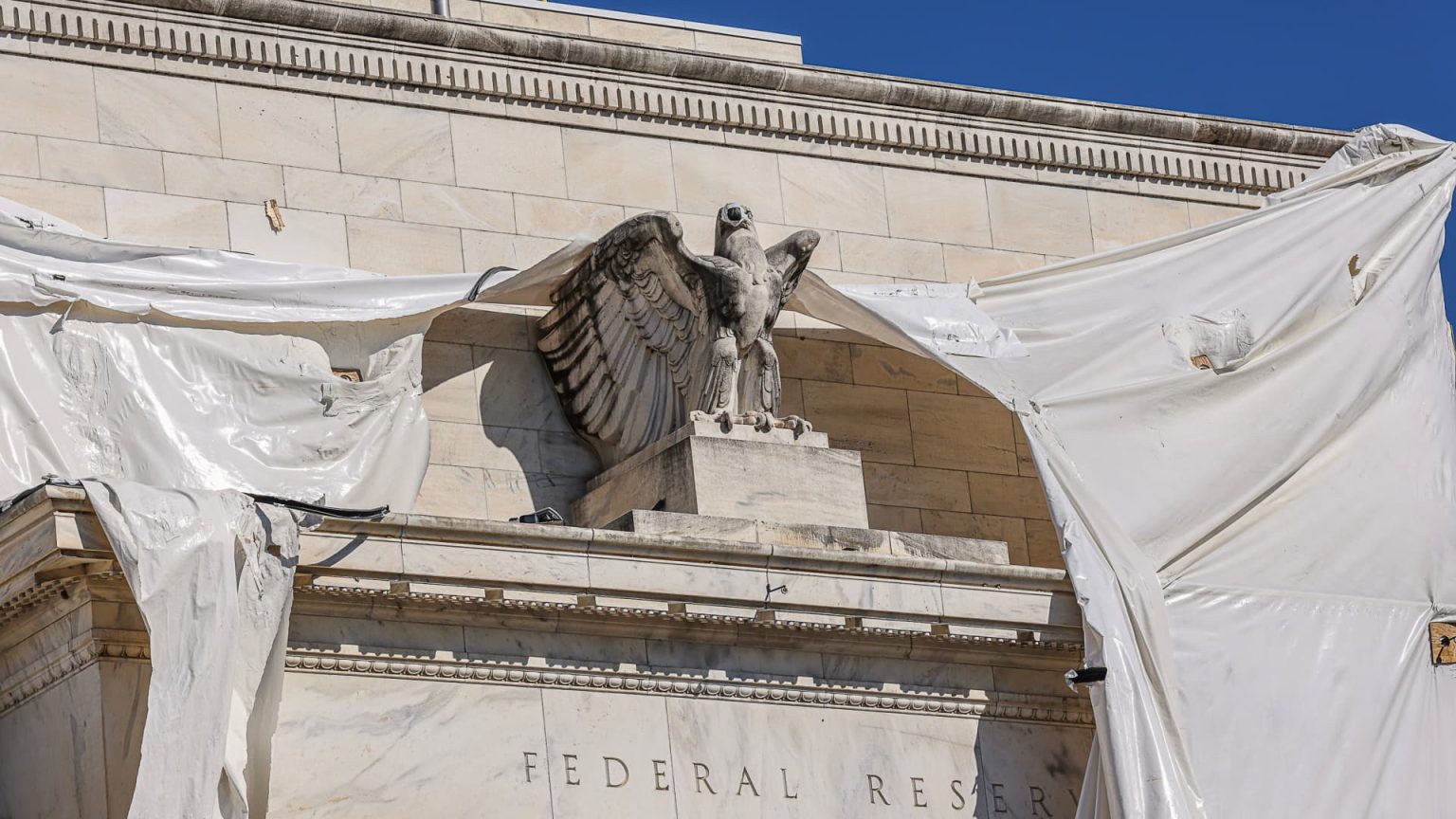Federal Reserve officials have been struggling to understand the current inflation situation in the U.S., with one expert suggesting that they have “no idea” what is going on. The central bank has been hesitant to implement interest rate cuts, citing lower-than-expected inflation levels that have been more persistent than anticipated. Fed Governor Christopher Waller emphasized the need for further data confirming a softening of inflation before supporting rate cuts, while Boston Fed President Susan Collins echoed this sentiment, noting that patience is crucial in the current economic environment.
Despite the uncertainty surrounding inflation, Fed officials have not been able to effectively communicate their expectations to the public. GAM’s Julian Howard highlighted the difficulty in predicting inflation and suggested that the Fed lacks a clear understanding of the current situation. Policymakers initially believed that inflation would remain subdued, but it has continued to be elevated, hovering around 3.5% annually. Howard pointed out that while inflation has come down slightly from its peak of 9.1% in June 2022, it remains above the Fed’s 2% target, presenting a challenge for policymakers.
The U.S. consumer price index for April was released earlier this month, showing a slight dip to 3.4% from the previous month’s 3.5%. However, the rate is still higher than desired, prompting concerns about the persistence of high inflation levels. Despite this, Howard noted that stock markets have been relatively unfazed by elevated inflation and have adjusted their expectations for interest rate cuts. Mega-cap companies, in particular, have been able to weather the economic uncertainty due to their high cash levels, allowing them to make risk-free investments in short-term Treasury bills regardless of interest rate changes.
The lack of a clear narrative and the persistence of elevated inflation levels have created a credibility issue for the Federal Reserve. Policymakers initially believed that inflation would subside, but it has remained stubbornly high, leading to uncertainty about the future trajectory of the economy. Howard suggested that while markets have adjusted their expectations for interest rate cuts, there is still a feeling of uncertainty and a lack of a coherent explanation for the current inflation situation. The challenge for the Fed lies in understanding why inflation has remained at around 3.5% and finding a solution to address this issue.
Overall, the Fed is facing a credibility problem as it struggles to address the elevated inflation levels and communicate effectively with the public. Howard emphasized the difficulty in predicting inflation and the lack of clear understanding among policymakers. While stock markets have adjusted to the current economic conditions, there is still a sense of uncertainty surrounding inflation and its impact on the overall economy. The challenge moving forward will be for the Fed to develop a coherent strategy to address inflation and restore confidence in its ability to manage the economic situation effectively.


